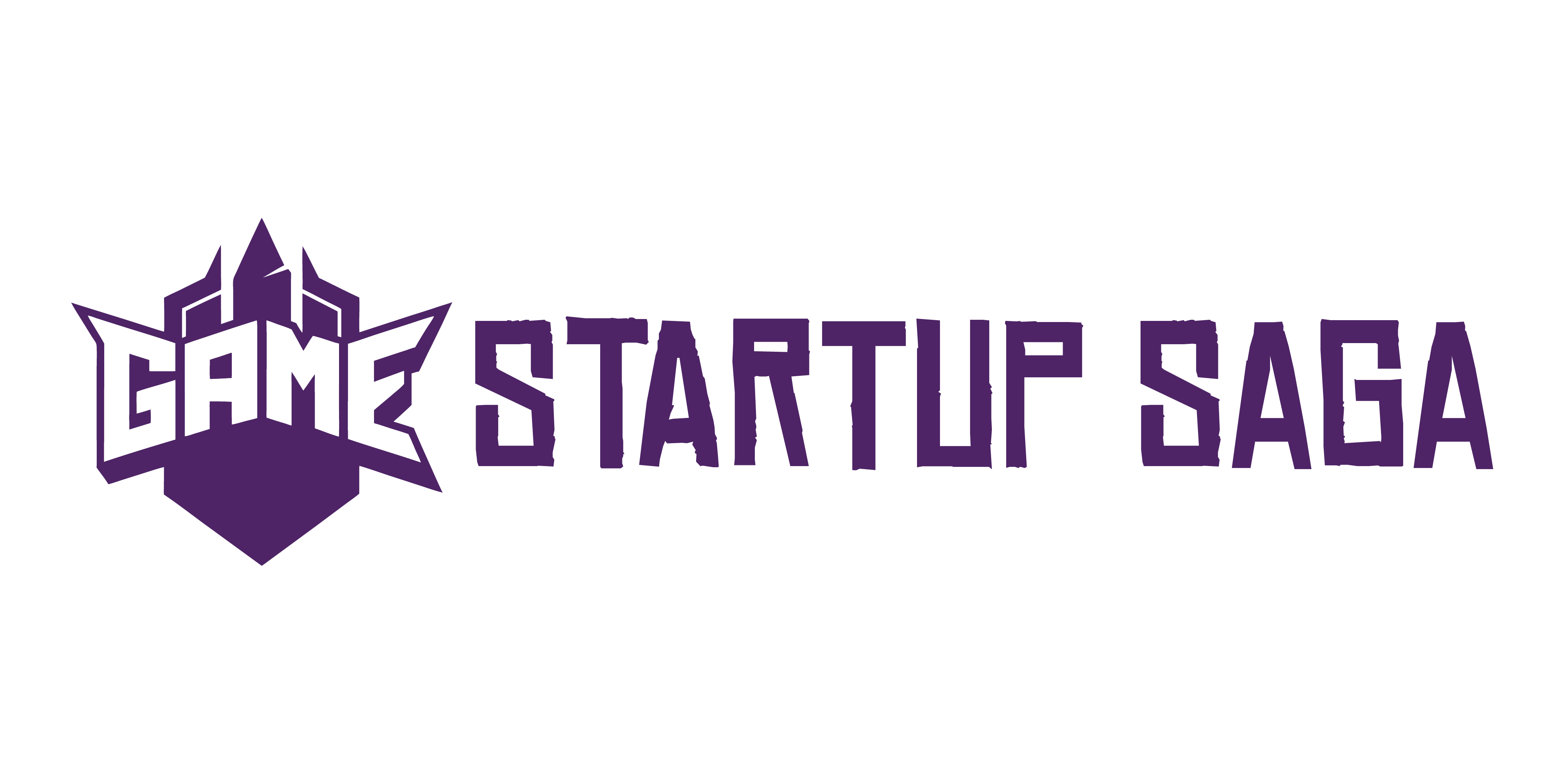The State of Indie Game Startups Today
Why Small Studios Still Matter
In an industry dominated by multimillion-dollar blockbusters and mega-franchises, indie game startups continue to carve out space with creativity, innovation, and agility. Small teams aren’t just underdogs—they’re often the ones pushing boundaries.
Here’s why these nimble studios matter:
- Creative freedom over corporate templates: Without layers of approvals, indies can explore bold ideas that larger studios might avoid.
- Faster iteration cycles: Small teams can adapt quickly, making real-time adjustments based on community feedback and performance.
- Niche-first strategy: Indies frequently succeed by targeting under-served audiences or introducing fresh genres.
Market Opportunity (and the Gaps You Can Fill)
Despite fierce competition, there are still real openings for startups ready to hustle smart and iterate fast. The market has matured beyond “just launch on Steam”—success means finding your underserved corner and owning it.
Current opportunities:
- Growing hunger for stylized, narrative-driven indie games
- Accessible tools (Unity, Unreal Engine, Godot) lowering technical barriers
- Platforms (like itch.io, Epic, Game Pass, and mobile app stores) offering broader reach
Key Barriers to Entry
While opportunity is real, entering the scene isn’t without serious challenges:
- Visibility crisis: With hundreds of new titles launching every week, discoverability is harder than ever
- Rising player expectations: Audiences expect polish, performance, and replay value—even from indie titles
- Team sustainability: Funding your game, paying your people, and staying motivated through the long haul can make or break a studio
Understanding these dynamics isn’t about being discouraged—it’s about being equipped. Indie game success isn’t accidental. It’s built by those willing to navigate both the risks and rewards with equal intention.
Lesson 1: Build Around a Clear, Unique Vision
Great games don’t happen by accident. They stand out because the team knew exactly what they were building—and why it was different. Whether it’s the offbeat style of ‘Untitled Goose Game’ or the meditative loops of ‘Journey,’ successful startups identified one core idea and trimmed anything that didn’t serve that vision.
Originality doesn’t mean throwing darts. It means being deliberate. The best studios resisted the urge to chase every trend and instead built around a signature mechanic, aesthetic, or narrative hook. They took bold bets—not random ones.
But even the clearest vision doesn’t guarantee success. Knowing when to hold fast and when to pivot is where leadership shows. Sometimes an idea only clicks after months of iteration. Other times, it’s better to kill the darling before it drains time and morale. The successful teams asked hard questions early and often, ran tight experiments, and weren’t afraid to make sharp left turns when the data—or their gut—said to.
In short: original beats safe—but original with discipline wins.
Lesson 2: Prototype Early, Test Often
Speed wins. Especially when you’re building something as complex (and unpredictable) as a video game. The teams that iterate quickly—sketching mechanics, mocking up levels, tossing prototypes into the wild—learn faster than those who try to perfect everything behind closed doors. Early feedback isn’t just useful; it’s survival.
Take the team behind “Dustpath.” Their first playable build was barely functional—a single mechanic, one level, placeholder art. But it got in front of players fast. That move flipped their roadmap: what they thought was the heart of the game actually bored people. They pivoted, leaned into emergent systems players found fun, and shipped a completely different experience six months later. It worked.
Another smart move? Minimum viable games. That means defining your game’s core loop early and stress-testing just that. No bells, no whistles. The goal is clarity, not polish. It keeps teams honest about what actually delivers fun—and cuts waste before it eats your runway.
Fast iteration isn’t chaotic. It’s strategic speed. Learn, adjust, move forward. The startups that embrace this aren’t just building games—they’re building engines for better decision-making.
Lesson 3: Community Isn’t Just Marketing
In the early days, your first players aren’t customers—they’re collaborators. The smartest game startups treat their communities like extensions of the dev team. These players aren’t just buying in; they’re stress-testing ideas, flagging weak points, and helping shape what the game becomes.
Platforms like Discord, Reddit, and Steam forums have become critical tools—not for building noise, but for building feedback loops. Take a look at studios like Lethal Company’s indie team or the minds behind Valheim; they opened the door early, listened hard, and iterated fast. It wasn’t about putting out a perfect alpha. It was about treating every update, post, and community bug report like valuable R&D.
The big takeaway: trust beats hype. A flashy trailer might earn a click, but an honest developer note and quick patch builds loyalty. Let your voice be real. Respond often. Let your roadmap breathe with your audience. That’s how player bases become actual bases of support.
Lesson 4: Team Culture Shapes the Final Product
A game idea can be brilliant, but if the team behind it doesn’t function, the brilliance goes nowhere. Poor internal dynamics—miscommunication, ego battles, lack of trust—sink more startups than bad code ever will. Teams that can’t align on basics like timelines, creative direction, or workflow habits unravel fast. Great teams? They lock in on a shared goal and let individual strengths fill the gaps.
Complementary skills matter. A genius coder isn’t enough if no one can explain the vision or bring the art to life. The best small studios know their talent map and fill the edges: tech, design, narrative, marketing. There’s no room for passengers or silos.
As for structure, there’s no one-size-fits-all. Remote-first teams are thriving—especially those who invest early in communication tools, process clarity, and timezone awareness. But co-located studios still have an edge in speed and brainstorming. What’s working best isn’t one model, but adaptability. It’s about setting up systems that support frictionless collaboration, whether the team shares a desk or just a Discord server.
Lesson 5: Money Management is Game Management
Handling finances is one of the least glamorous—but most critical—aspects of running a successful game startup. Whether you’re self-funding or partnering with investors, smart money management can mean the difference between shipping a game and burning out before it’s done.
Budget Before Burnout
Starting small doesn’t mean thinking small. Founders who thrive build realistic budgets that account for both production needs and buffer time.
- Plan your budget in phases: prototype, production, launch, post-launch
- Account for marketing, software licenses, and unexpected delays
- Track expenses regularly and adjust scope when necessary
Startups that burn through resources without a plan often hit avoidable roadblocks. Financial discipline is just as important as creative energy.
Passion Meets Real-World Funding
Striking a balance between artistic vision and financial backing is a tightrope walk. The most successful studios explore multiple funding paths without compromising due diligence.
Common funding sources:
- Crowdfunding (e.g., Kickstarter, Indiegogo): great for validating demand, but comes with upfront community expectations
- Publishers: offer resources and marketing muscle, but often come with specific deliverables or creative input
- Bootstrapping: gives full creative control, though it can increase workload and personal financial risk
Whatever the path, have clear terms and a transparent roadmap if you’re bringing others into your funding ecosystem.
Leverage Without Losing Control
Smart teams know how to stretch small budgets and use funding to amplify—not control—their creative direction.
- Treat every investment as fuel, not a leash
- Set project goals before chasing funds
- Prioritize partnerships aligned with your vision, not just your wallet
Ultimately, the goal is to stay in charge of your game’s destiny. Money is a tool—not the driver.
Lesson 6: Post-Launch is Just the Beginning
Too many game startups sprint to release, breathe a sigh of relief at launch, and then stall out. Here’s the blunt truth: your launch day is the beginning, not the finish line. The best-performing indie titles in the past few years owe their staying power to what they did after going live.
Post-launch isn’t just about patching bugs. It’s about listening, responding, and evolving. Active updates signal life and commitment—traits players notice. Regular bug fixes, quality-of-life tweaks, and surprise content drops keep people coming back, talking, and recommending your game. Community engagement (on Discord, Twitter, Reddit—wherever your players live) becomes your early warning system and feedback loop rolled into one.
Think of games like “Hades” or “Slay the Spire.” Their long-tail success wasn’t random. It was built on well-paced updates, a strong player-dev feedback loop, and clarity around what the team stood for. Building IP value means treating your existing players as co-pilots, not just consumers.
Ship it, yes—but keep shipping. Your staying power depends on it.
Bonus: Learn Directly from the Source
What separates theory from practice? Real-world experience. Some of the most powerful lessons for indie game startups come not from textbooks or trends—but from the honest stories of developers who’ve been through the grind and made it to the other side.
Behind-the-Scenes Wins (and Fails)
The path to a successful game is rarely smooth:
- A solo developer releasing their first viral hit after years of side projects.
- A two-person team that learned to market smarter—not harder—by listening to early community feedback.
- A bootstrapped studio that turned gameplay bugs into beloved features with the help of user testing.
These kinds of stories remind us that every studio carves a different path, and there’s more than one way to break out.
Lessons That Stick
Real developers expose the toughest realities—and the most unexpected breakthroughs:
- Why some projects succeed not despite constraints, but because of them
- How teams navigated conflict and grew through it
- When creators made the bold call to pivot—and how it paid off
These aren’t abstractions. They’re hard-earned insights from the front lines.
Want Even More?
Take a deeper dive into firsthand experiences that go beyond the theory:
Inspiring Stories from Indie Game Developers
Explore a curated collection of interviews and case studies that bring these lessons to life.
Stay curious, stay grounded—and learn from those who’ve walked the path.
Final Thoughts: From Surviving to Thriving
The indie game studios that are pulling ahead in 2024 aren’t just the lucky ones—they’re the intentional ones. These teams have replaced the vague hope of “going viral” with clear roadmaps, smart decisions, and measured risks. The overnight success myth doesn’t hold up; most of today’s success stories are built on years of learning, iteration, and not giving up when things got quiet.
What they all share? A focus on strategy. That means knowing their audience before building, budgeting before launching, and planning beyond release day. They’re not just making cool games—they’re treating development like a sustainable business. They get feedback early. They ship often. They solve problems without drama.
More than anything, the best indie startups are driven by curiosity, not ego. They ask what’s working, what’s not, and what the community actually wants. And then they build accordingly.
The formula isn’t glamorous. But it works: build smart, stay curious, keep shipping.




